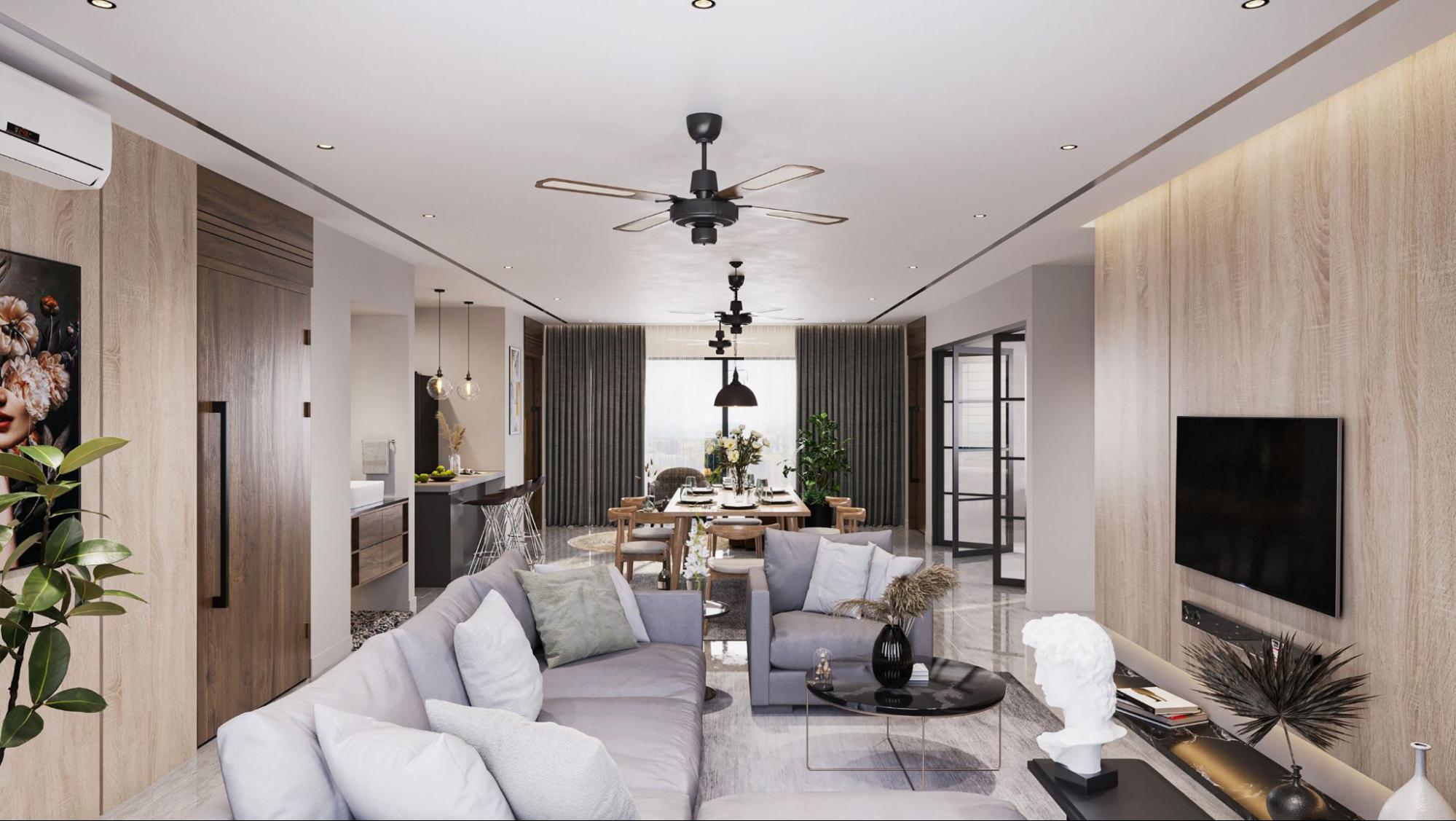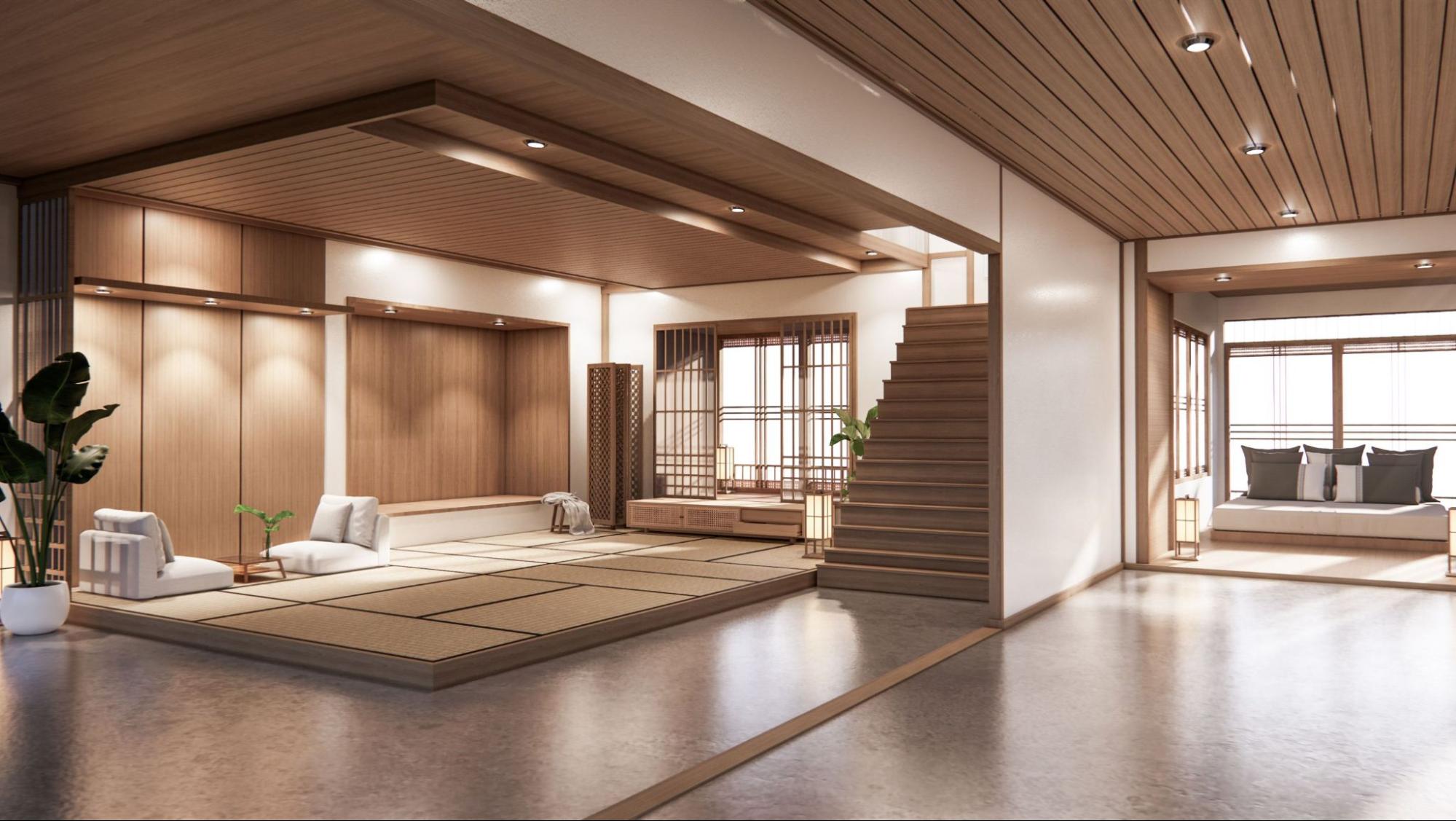Creating a home that is both stylish and accessible allows every family member to enjoy comfort and independence within a cohesive environment. Whether you’re renovating your property or starting from scratch, incorporating accessibility into your home design ensures that it caters to different needs, now and in the future.
With accessibility solutions becoming more innovative and elegant, designing a home that is functional doesn’t mean sacrificing style. From the kitchen to the garden, here’s how to create a space that works for everyone.
Adding Accessible Features to Each Area of the Home
Kitchen
The kitchen is often referred to as the heart of the home, so it’s essential to make it functional for everyone. Modern accessibility solutions can blend seamlessly with contemporary aesthetics.
- Adjustable Countertops: Opt for adjustable countertops that can be lowered or raised to accommodate wheelchairs or varying heights.
- Pull-Down Shelves: Cabinets with pull-down shelving make upper storage easier to access.
- Smooth Flooring: Choose non-slip, smooth flooring materials for safety. Materials like vinyl or laminate work well as they are easy to clean and less prone to causing trips.
- Smart Appliances: Invest in appliances with voice-activated or app-based controls, allowing for hands-free operation.
Bathroom
Bathrooms have unique safety requirements, but a blend of thoughtful design can make this space both functional and inviting.
- Walk-In Showers: Install walk-in or roll-in showers with minimal thresholds. Include grab bars that match your bathroom’s aesthetic, such as stainless steel or matte black finishes.
- Comfortable Heights: Consider installing a comfort-height toilet that offers extra accessibility for those with limited mobility.
- Accessible Sinks: Wall-mounted sinks with clear knee space underneath provide better access for wheelchair users. Pairing them with stylish lever-activated faucets completes the look.
- Anti-Slip Options: Use anti-slip tiles in wet areas to reduce the risk of accidents.
Bedroom
Accessible bedrooms should balance functionality with cosiness to create a relaxing retreat for everyone

.
- Bed Height Adjustments: Install adjustable-height beds or choose frames with low-access points for easier movement.
- Open Floor Plan: Ensure there is enough clear space around the bed to accommodate walking aids or wheelchairs.
- Smart Storage Solutions: Install sliding wardrobe doors that are easier to manage compared to traditional hinged doors. Low hanging rails can also make storage more inclusive.
Gardens
Outdoor spaces should be as enjoyable and accessible as the inside of your home. With clever design, gardens can provide a serene and inclusive retreat.
- Level Pathways: Incorporate smooth, level pathways to ensure safety and accessibility. These can be crafted from natural stone or bricks for a purposeful yet beautiful finish.
- Raised Garden Beds: Raised garden beds are a great way to add accessibility to green spaces, making gardening easier for those who may not be able to kneel or bend.
- Wide Walkways: Ensure pathways are wide enough for wheelchairs and free from obstacles. Adding soft lighting along pathways improves visibility at night.
- Seating Areas: Include accessible seating arrangements where everyone can relax and feel comfortable in the garden.
Considering Mobility Aids During Design
Ensuring your home is designed to accommodate mobility aids like walking frames, crutches or wheelchairs is a forward-thinking step. Even if no one in your household currently uses mobility aids, incorporating these features can enhance the home’s long-term value.
- Doorways and Entryways: Widen all doorways to at least 900mm to allow wheelchairs to pass through comfortably. For steps at entrances, consider ramps or threshold-free entries disguised with smart landscaping.
- Stair Alternatives: If your home spans multiple levels, adding solutions such as stairlifts or residential elevators might be worth considering.
- Furniture Placement: Arrange furniture to leave wide open spaces for smoother navigation of mobility aids.
Balancing Comfort and Accessibility
Designing your home with accessibility in mind doesn’t mean compromising on style. It’s about blending form and function seamlessly to create a space that is welcoming for everyone. With modern innovation, accessibility features like grab bars, adjustable countertops, and non-slip surfaces are increasingly available in stylish designs that complement any aesthetic.

Whether you’re upgrading a single room or renovating your entire home, these accessible design features will future-proof your property while ensuring it remains a functional and beautiful space for your whole family.
